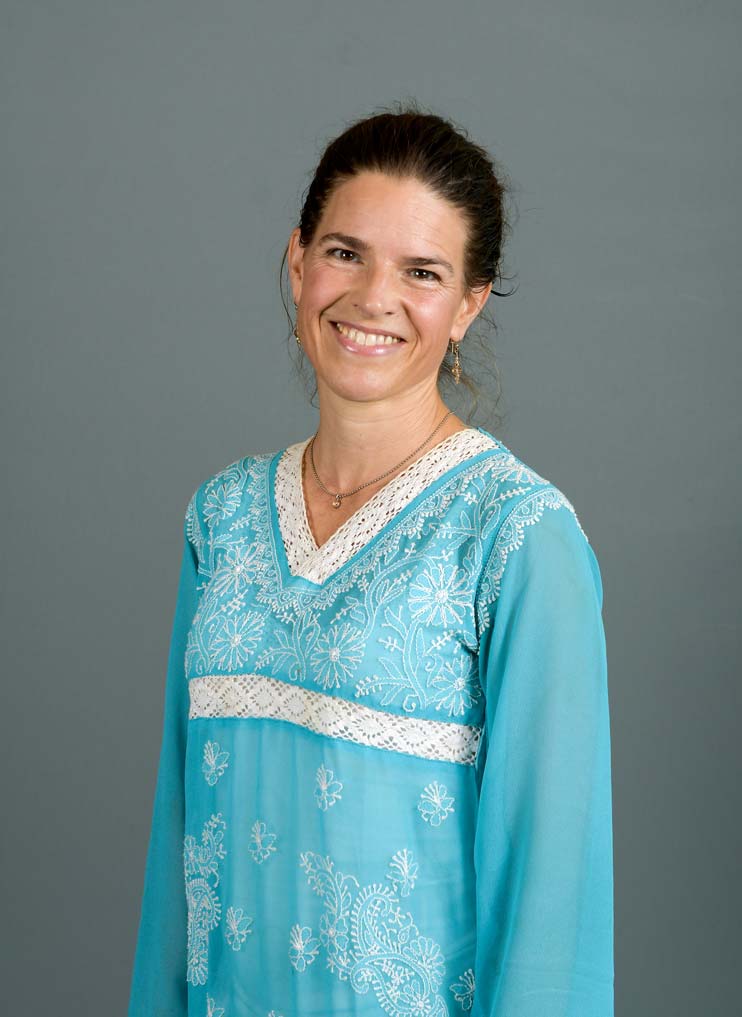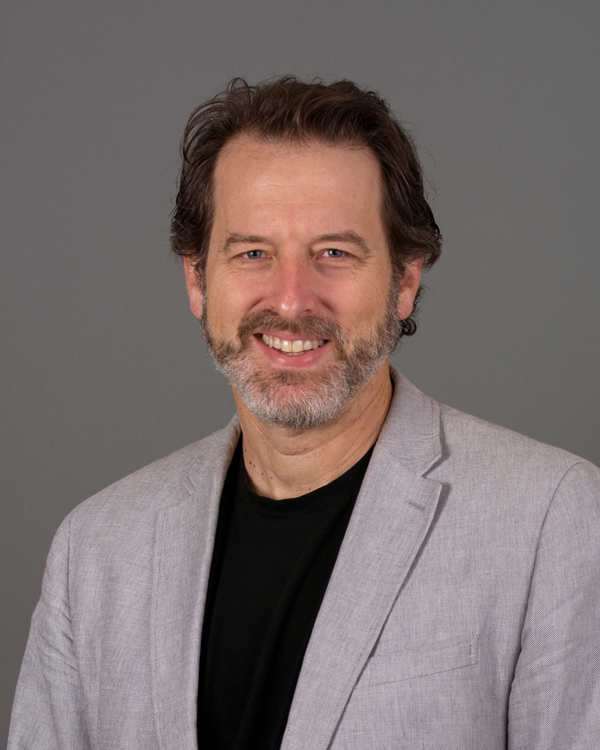A Future Vision that Shapes Today’s Behavior
Today’s blog is written by Malynn Utzinger, Director of Integrative Practices, and Tim Weitzel, ESI Architect.
In one of our earliest blogs, we shared one of our favorite parables about a stonecutter. it went as follows:
In medieval times, a traveler happens upon a stonemason and asks him, “What are you doing?” The stonemason says wearily, “I spend long, hard days cutting and laying stone.” Further down the traveler encounters a second stonemason and asks him the same question, “What are you doing?” This stonemason, more energetically, replies. “I’m building a wall. I am blessed to have work that allows me to support my family so well.” Again, walking on, the traveler encounters a third stonemason doing the same work as the previous two; yet this stonemason is beaming with life. When the traveler asks what he is doing, he spreads his arm wide and exclaims, “I am building a cathedral that will uplift countless lives for centuries to come!”

The last pillar of Emotional and Social Intelligence (ESI) Mastery that we explore in this three-part series is the importance of identifying a vision or writing a future story. This vision or story shapes how we behave so that we can live into it.
In short, stories drive our lives. However, too often, the wrong story causes us to become stuck in a version of reality that cuts us off from giving and receiving the best of ourselves and of life.
For most of us, the stories we live by are driven by our past. Our parents and siblings, our extended family and larger community, our gender and countless other elements from our individual and collective history all coalesce with the present to reinforce who we think we are, what we think is important, what limits we place on ourselves, and so much more. And, unfortunately, these stories are all too frequently driven by our wounds and our pain. Simply identifying these stories and realizing that they are more a creation of our minds than a complete version of reality and possibility can be healing in itself.
Dave Romanin, a senior business analyst at Promega, recently said, “If I had to choose one moment where everything changed for me in this ESI journey, it would be learning about how the stories we tell ourselves affects our lives. Some of the stories I was telling myself were so toxic, and this was the primary reason I was so unhappy. Early on in our ESI training, we talked about taking accountability. This prompted me to realize the one thing I needed to be accountable for was my stories. I was causing myself so much of my own suffering. When I let go of the stories I was telling myself, so much changed so quickly that it blew my mind. Simply by accepting that I was the one responsible—I was the one making up and believing my own stories about other people and their motives and behaviors—a lot of those stories just disappeared and never came back.”
Carl Jung, a Swiss psychiatrist who was a pioneer of modern psychology, said that we cannot escape our history, but he also affirmed that the future calls to us as well. Our history is inevitably part of us throughout our lives, but when we do the work of asking what is emerging in us where we feel most alive, we can become more awake to our stories and meticulous about catching stories anchored in the past. We do not need to continue to be driven and shaped by the parts of our history that are inconsistent with our fuller possibilities.
ESI Masters are mindful of their past stories. They engage them and work with them. They learn from them. They make choices about present actions with mindfulness about how their past-driven stories might be influencing their choice in the moment.
But ESI masters also hold a vision of their futures selves that they strive to live into today. They let go of stories that no longer serve them and can laugh knowingly when they re-emerge in a new form, as they often will. To a master, an old story rising up in a new form and causing them to become emotionally triggered (feeling fearful, angry, small or wrong) all over again is not a sign of defeat, but rather a sign of richer and deeper work yet to be done within the space of one’s life. And most importantly, the ESI master knows both how to greet that story a little more like an old friend and how to make that story bigger so that it can include the rich, meaningful, and gratitude-filled lives possible for all of us. Within this mastery is the capacity not to get stuck in black and white thinking: “Either I am entirely stuck in that old morass or I am completely freed to become my true self.”
We are always a product of our past, and we are always so much more. We have often heard Bill Linton, founder and CEO of Promega, advise people to “remember the future.” So, in this sense, we are also a product of our future—ironically, one that we can co-create. The stories we write for ourselves can include that room for becoming, and when they do, they literally invite us into that larger space.
Many people spend so much time articulating a vision for the kind of house they want to live in, the kind of job they want to have, how much money they want to make, etc., etc. etc. But, in our experience, significantly fewer people ever ask, “What kind of person do I want to become?” . . .
Very few of us end up living the life we want by accident. The cornerstones of our home, just as the pillars of the life we want to live, take an intentionality and a lifetime of honing our tools. The most powerful tool we know of is to come to know our stories—to recognize them, to work with them, to learn from them and finally to make the story bigger. Each of our lives contains a story of richness, meaning, nobility and aliveness. Each of our lives holds a story of care. Each of our lives contains the story of our natural gifts, if only we dare to write it freshly, day by day.
This blog is part of an ongoing series on Emotional and Social Intelligence.
Explore the previous installments of the series:
- Enlivening Ourselves in Times of Change
- Optimism: A Gateway to Self-Actualization
- The Most Important Decision We Make
- The Impact of Positive Self-Talk: A Next-Level Story
- Three Pillars of ESI Mastery: Part One
- Three Pillars of ESI Mastery: Part Two

As a Family Medicine physician and Director of Integrative Practices for Promega, Malynn thinks of herself as one who stands with a foot on either side of the chasms we humans encounter in life, helping us stitch together our worlds, our words, and our ways of being with each other. At Promega, her work in ESI has focused on helping people begin with self-understanding and move toward better understanding of others, ultimately supporting the roots and branches of a vibrant work community in which people feel belonging and a high sense of contribution. Malynn has worked in Family Medicine, Integrative Medicine, and Preventive Oncology at the UW, as the Director of Women’s Health for the Chopra Center in San Diego, as a consultant in integrative medicine and emotional intelligence for GHC and Eileen Fisher in NYC, and in research at Planetree and the Preventive Medicine Research Institute of San Francisco. She now lives in Madison, WI with her husband and son.

Tim is Promega’s ESI Architect, and he has spent his entire 30+ year career in Cultural Development Consulting, Executive Coaching, Executive Assessment, and Leadership development. From the beginning, he has stressed authenticity, courage, compassion and connection both in his approach with clients as well as being the foundation for excellent and sustainable leadership. He works with his clients using a variety of tools such as Depth Psychology, Day-in-the-Life Simulation Assessment, 360 Feedback, Personality Inventories and more to identify strengths and development gaps that create focused organizational change and/or learning goals. Tim has coached people at all levels and consulted in many top companies including Promega, Marriott, Walmart, McKesson, Lockheed Martin, Schneider National, Wisconsin Gas Company, Raytheon, Fiserv, Adventist Health, Pacific Gas & Electric, Trek Bicycle, John Deere Credit, General Motors, and many more top-tier organizations as well as numerous smaller regional and local businesses.
For more information on how Promega supports employee wellbeing using the tools of Emotional and Social Intelligence, visit our People Care page.
Latest posts by Promega (see all)
- Accurate and On-Time: A Look Inside Promega Logistics - June 24, 2025
- Augmenting Human Capabilities with AI Tools - June 17, 2025
- Lead with Empathy: Supporting Caregivers in the Workplace - June 3, 2025
